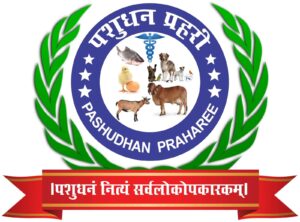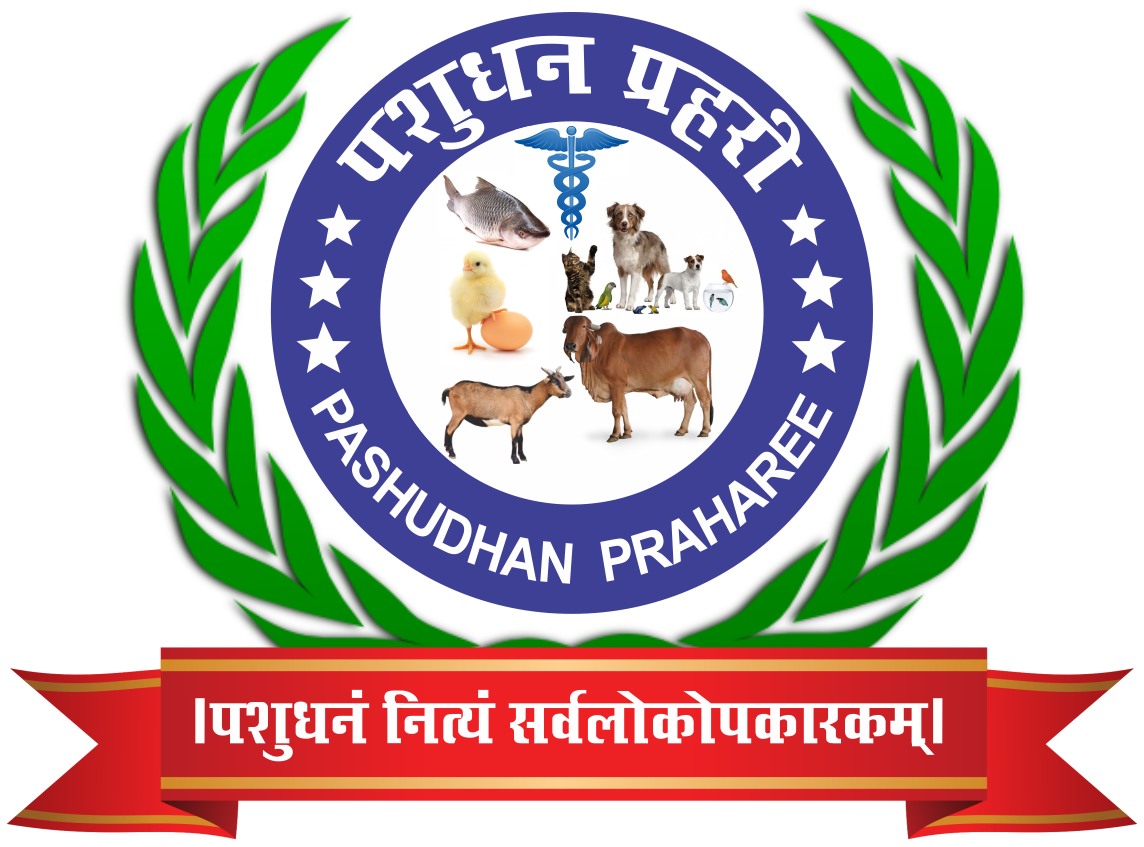Bee Venom in Alternative Medicine: Unveiling the Potential of Apitoxin Therapy
Apitoxin, commonly known as bee venom, is a complex substance secreted by honeybees. It has been traditionally used in complementary and alternative medicine (CAM) for its potential therapeutic benefits. Bee venom therapy (BVT) is gaining attention worldwide for its role in managing various ailments, particularly in inflammatory and autoimmune conditions.
Honey bee venom, also known as apitoxin, has been found to have potential anti-cancer properties. Recent research has shown that honey bee venom has the ability to destroy cancer cells, making it a potential breakthrough in the fight against cancer.
The use of honey bee venom to treat cancer is not a new idea. In fact, traditional Chinese medicine has been using bee venom for thousands of years to treat various ailments. However, it is only in recent years that researchers have begun to investigate the potential anti-cancer properties of honey bee venom.
One study, published in the journal Evidence-Based Complementary and Alternative Medicine, found that honey bee venom can kill breast cancer cells. The study showed that the venom was able to induce apoptosis, or programmed cell death, in the cancer cells. This is a critical mechanism for stopping the growth and spread of cancer cells.
Another study, published in the journal PLoS One, found that honey bee venom can also kill cervical cancer cells. The researchers found that the venom was able to inhibit the growth of the cancer cells and induce cell death.
One of the components of honey bee venom that has been found to have anti-cancer properties is melittin. Melittin is a peptide that makes up about 50% of honey bee venom. It has been found to have a powerful effect on cancer cells, causing them to break down and die. In addition, melittin has been found to have anti-inflammatory and anti-bacterial properties.
While the use of honey bee venom as a cancer treatment is still in its early stages, it holds great promise. The venom has the potential to be a powerful and effective treatment for various types of cancer. In addition, it may be able to be used in combination with other treatments to enhance their effectiveness and reduce their side effects.
There is still much research that needs to be done to fully understand the potential of honey bee venom as a cancer treatment. However, the early results are promising, and researchers are excited about the potential of this natural substance to help fight one of the most devastating diseases of our time.
While more research is needed to fully understand the potential of honey bee venom as a cancer treatment, it holds great promise as a natural and effective treatment option.
It’s important to approach information about potential cancer treatments with a critical and informed perspective. While research on honey bee venom is promising, it’s crucial to remember that it’s still largely in preclinical stages.
Use of Apitoxin in Complementary & Alternative Medicine to Cure Ailments
Composition and Properties of Apitoxin
Bee venom contains bioactive compounds such as:
- Melittin – A powerful anti-inflammatory and antimicrobial peptide.
- Adolapin – Provides analgesic (pain-relieving) effects.
- Phospholipase A2 – Helps modulate immune responses.
- Hyaluronidase – Enhances tissue penetration of active compounds.
Medicinal Uses of Apitoxin in Alternative Medicine
- Rheumatoid Arthritis (RA) and Joint Disorders
-
- Bee venom therapy is used to reduce pain, inflammation, and stiffness in arthritis patients.
- Stimulates the body’s immune response and promotes joint health.
- Neurological Disorders
-
- Shown potential in managing Parkinson’s disease, multiple sclerosis (MS), and Alzheimer’s disease.
- Works by reducing neuroinflammation and improving nerve function.
- Chronic Pain Management
-
- Used as a natural analgesic for fibromyalgia, migraines, and muscle pain.
- Melittin’s anti-inflammatory action provides long-term pain relief.
- Skin Health and Wound Healing
-
- Bee venom is incorporated into cosmetic and dermatological treatments for acne, wrinkles, and skin rejuvenation.
- Stimulates collagen production and enhances wound healing.
- Immune System Modulation
-
- Helps in autoimmune conditions by regulating immune responses.
- Used experimentally in lupus, psoriasis, and other immune-related disorders.
- Cancer Therapy Potential
-
- Some studies suggest melittin has anti-cancer properties by inducing apoptosis (cell death) in cancer cells.
- Research is ongoing for its potential in treating breast and prostate cancers.
Methods of Apitoxin Therapy
- Bee Stings (Direct Application) – Live bees are used to sting specific acupuncture points.
- Apitoxin Injections – Purified bee venom is injected under medical supervision.
- Topical Creams and Ointments – Used for pain relief and skincare.
- Bee Venom Acupuncture (Apipuncture) – Combines bee venom therapy with traditional acupuncture techniques.
- Apitoxin, commonly known as bee venom, is utilized in complementary and alternative medicine through various administration methods to address multiple health conditions. Here’s an overview of the primary techniques:
1. Direct Bee Stings
- This traditional method involves applying live honeybees to the patient’s skin, allowing them to sting specific points, often corresponding to acupuncture sites. The venom is directly introduced into the body, aiming to harness its therapeutic properties.
2. Purified Bee Venom Injections
- In this approach, purified and sterile bee venom is administered via injections. This method enables precise control over the dosage and reduces variability compared to live stings. It’s often employed in clinical settings under medical supervision.
3. Topical Applications
- Bee venom is incorporated into various topical formulations, such as ointments, creams, and lotions. These products are applied directly to the skin over affected areas to alleviate conditions like arthritis or to enhance skin health by promoting collagen production.
4. Bee Venom Acupuncture (Apipuncture)
- This method combines traditional acupuncture with bee venom therapy. Bee venom is introduced into specific acupuncture points, either through direct stings or injections, aiming to synergize the benefits of both therapies.
5. Electrophoresis and Phonophoresis
- Advanced techniques like electrophoresis and phonophoresis are utilized to enhance the penetration of bee venom into tissues. Electrophoresis employs electrical currents, while phonophoresis uses ultrasonic waves to facilitate deeper delivery of the venom’s active components.
Safety Considerations
- It’s crucial to conduct a thorough assessment for potential allergies before initiating bee venom therapy, as allergic reactions can be severe. All treatments should be administered under the guidance of qualified healthcare professionals to ensure safety and efficacy.
- Each administration method offers unique benefits and considerations, and the choice depends on the specific ailment being treated, patient preferences, and medical advice.
- Some individuals may experience allergic reactions, including anaphylaxis, which can be life-threatening.
- Should only be administered under expert supervision.
- Long-term effects and standardized dosages need further clinical research.
Apitoxin, or bee venom, has significant potential in complementary and alternative medicine for treating various ailments. With its anti-inflammatory, analgesic, and immune-modulating properties, it is being explored for conditions like arthritis, chronic pain, neurological disorders, and even cancer treatment. However, more scientific validation and safety regulations are needed before widespread use.



